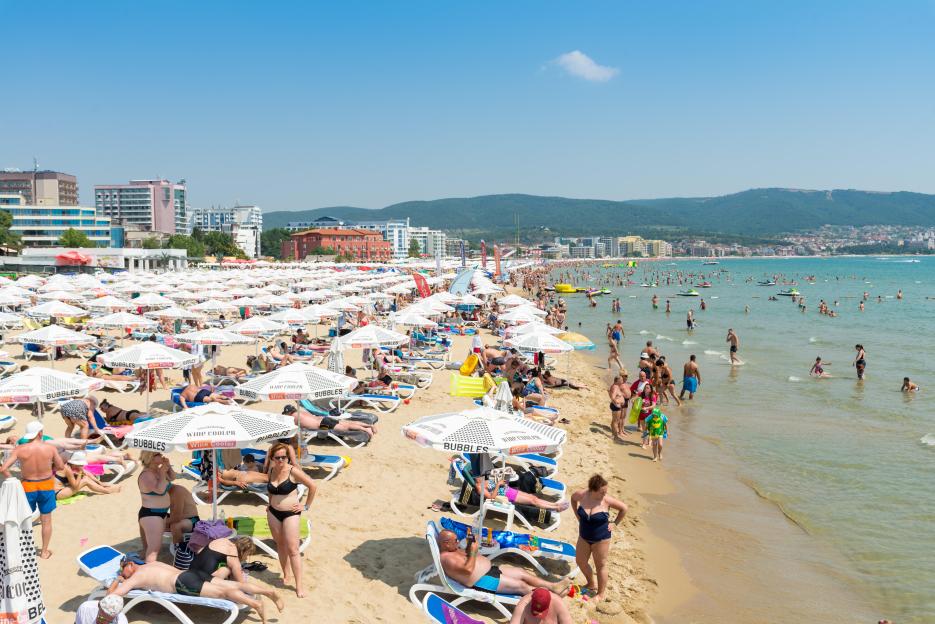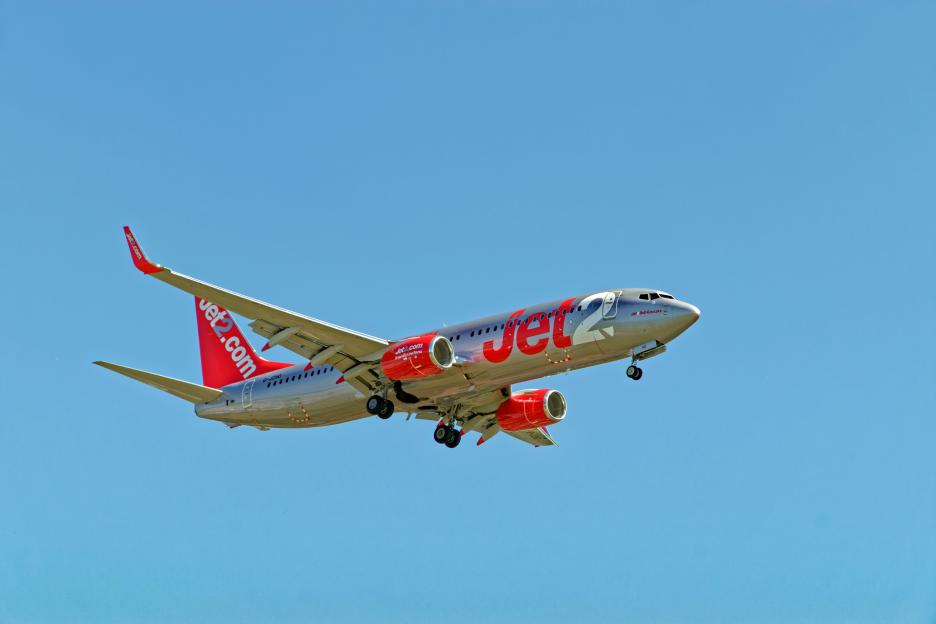Table of Contents
One of Europe’s most overlooked cities is set to introduce a metro system after years of planning.
Belgrade in Serbia – one of the oldest cities in Europe – is also the largest capital city without a subway, but that is about to change.
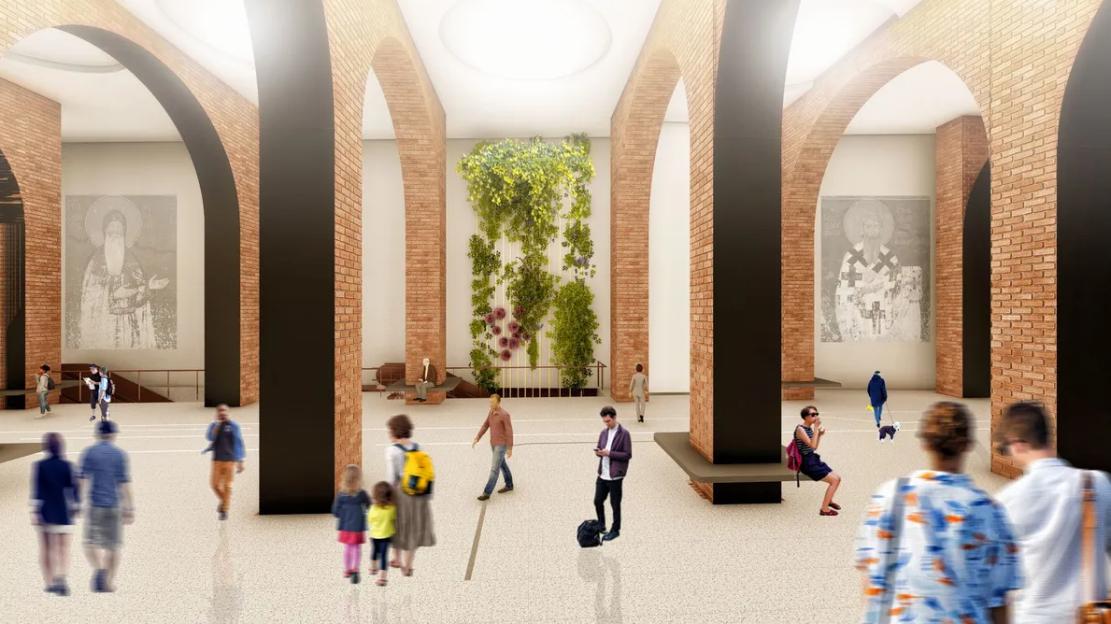 Belgrade in Serbia is about to launch its first metro networkCredit: Studio OBE
Belgrade in Serbia is about to launch its first metro networkCredit: Studio OBE
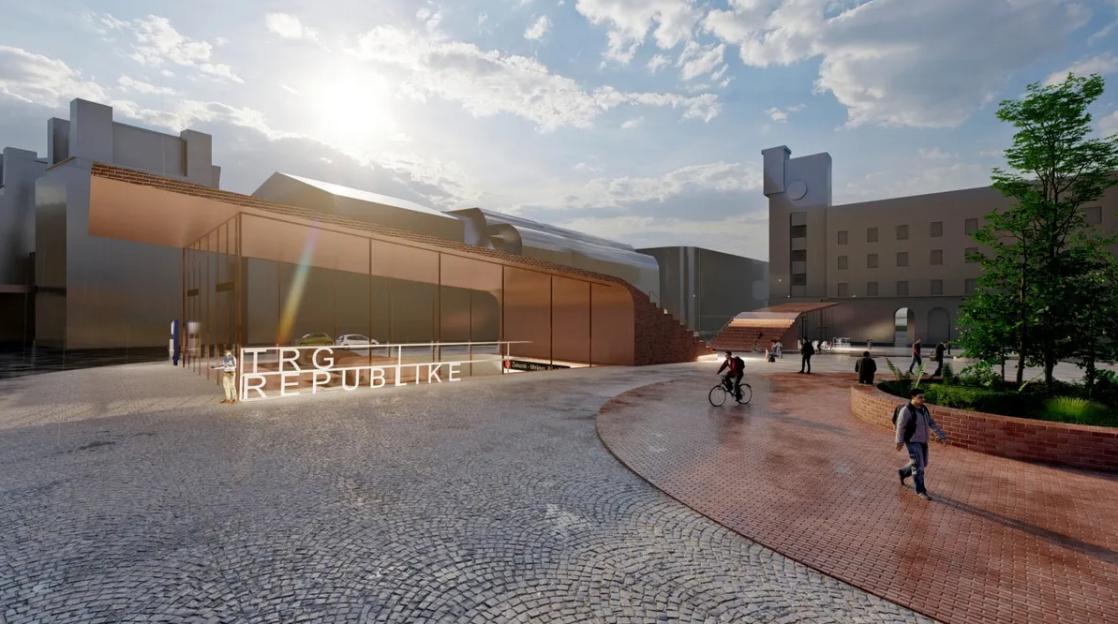 The project is expected to cost around £3.8 billionCredit: Studio OBE
The project is expected to cost around £3.8 billionCredit: Studio OBE
Under a contract with Chinese and French construction firms, Belgrade’s first subway line is anticipated to open in 2030 at an estimated cost of €4.4 billion (£3.8 billion).
A second line is expected to follow in the early 2030s, with plans for a third line also in the works.
Designs for the new metro network may include driverless trains operated from a central hub, as well as safety doors separating the platforms from the tracks.
Tunneling is set to begin next spring, with each tunnel expected to be approximately 100 meters long and cost around €20 million (£17.5 million).
According to Bloomberg , Andreja Mladenovic, head of JKP Belgrade Metro and Train overseeing the project, stated: “Belgrade has grown far too large not to have a subway.
“It’s a complete game changer.”
He also mentioned: “Initial construction costs are high, but it saves money in the long run.
“It’ll be state-of-the-art and definitely worth it.”
Plans for a subway network in the city were first proposed in the 1930s as the capital's population began to rise.
However, various obstacles prevented these plans from advancing.
In the 1960s, as Belgrade's economy began to expand again, new proposals were made in the 70s, but they ultimately went nowhere.
By the early 80s, a debt crisis dashed all hopes for a metro network, and the following decade saw the disintegration of Yugoslavia.
It wasn’t until 1999 that Belgrade could begin its reconstruction.
Today, the city is known for its floating nightclubs and hidden beaches.
Situated at the confluence of two rivers, Belgrade boasts numerous floating bars and nightclubs, referred to as ‘Splavs’.
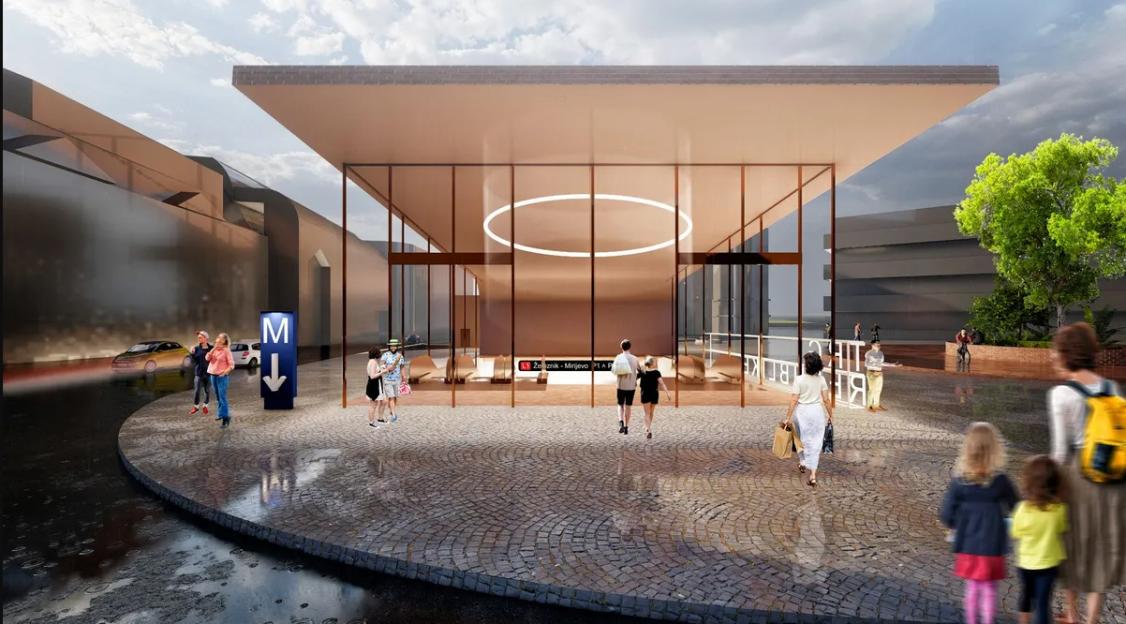 The metro is expected to open in the early 2030sCredit: Studio OBE
The metro is expected to open in the early 2030sCredit: Studio OBE
Along the Sava River, Splavs often host lively music, while those along the banks of the Danube have a more rock-oriented vibe.
Drinks are quite affordable, with a beer costing around £3.40 and a cocktail about £4.75.
Belgrade also offers more than just bars and restaurants; it is home to many historical sites worth exploring.
For instance, you can visit the Belgrade Fortress, constructed in the third century to defend the city from invaders.
This fortress features several panoramic viewpoints, along with various activities and attractions for visitors to enjoy.
Another must-see is the Church of Saint Sava, a prominent Orthodox church.
Additionally, the Museum dedicated to the life and work of a famous inventor showcases many of his personal items and inventions.
Round-trip flights to Belgrade cost around £36 in January, with a flight duration of approximately three hours.
What is Belgrade like to visit?
The Sun recently visited the city and shared her impressions…
The Serbian capital of Belgrade offers a rich historical experience at a fraction of the cost.
With local beers or coffees starting at £1.50, meals with wine in decent restaurants for £15, and hotel rates from £40 a night, it is ideal for tourists seeking to broaden their city-break options without overspending.
As one of Europe’s oldest cities, its architecture reflects its diverse history, from Roman and Ottoman influences to Austro-Hungarian and Yugoslav styles.




